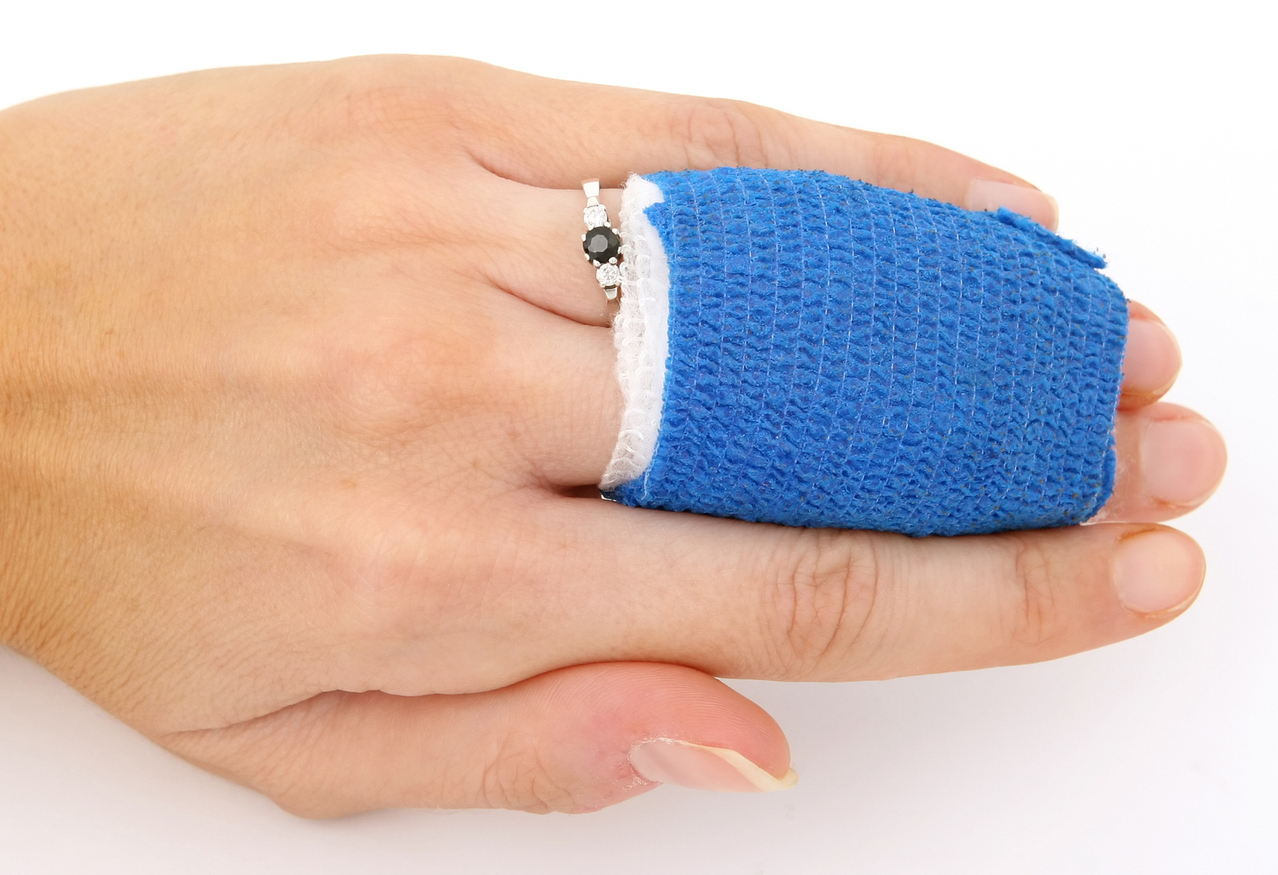Campers’ Here Is a First Aid Checklist

I nearly always have a first aid kit on me when I’m out in the wilds, one of the guys here at Outdoor Revival HQ is off on a bike trip at the moment and Tuesday night we were putting his first aid kit together for the trip, it would be nuts not to have one one on a long trip, road grit in the arm and hip is not nice and needs to be sorted.
I run a big event and everyone that carries a knife or another sharp tool has to carry a first aid kit, we treat them with their kit first, unless it’s too bad and we get our big kits out. There’s also been many a time I’ve treated someone on a trail or at some event or another, it’s always useful to have a FAK.
It’s essential to have a first aid kit you’re when camping or hiking in the wilderness, or even at the local lake that you and your family has been going to for years.
Camping with children brings the possibility of more mishaps than you can believe. Having a well-stocked and easily accessible first aid kit is always a good idea.
If you have been looking for a complete list of what to include, this is the list you have been looking for. You can buy these kits ready-made, or you can create your own. I find the ready-made ones don’t quite have enough of some things and sometimes have items I have never used. So this is what you need in a basic camping first aid kit.

Band-aids in various sizes, including some of the colorful/printed ‘kids’ ones for miracle cures and invisible injuries. Umm maybe I’m just not sympathetic enough.
Butterfly bandages or wound closure strips
Gauze pads of various sizes, sealed and sterile
Fabric bandages
Creams – insect, antiseptic, sting, and burn
Pain and anti-inflammatory medicine in childproof bottles
Sterile wipes and rinse solutions
Scissors, tweezers, knife, safety pins, and needles

Sunburn creams or lotions
Anti-diarrhea medicine in childproof bottle
Medications for those who need it, such as asthma inhalers, heart medication etc..
Eye drops/eye wash
Antihistamine for allergic reactions
Hand sanitizer
Duct tape
Super glue
Emergency blanket
Cotton buds or cotton balls
Sport strapping tape
Medical tape
Snake bite kit (if there’s a likelihood of snakes in the area)
The kinds of injuries you can expect when camping are the ones caused when everyone is running around enjoying themselves. Often it is scrapes, cuts, and bruises from knocking against sticks and branches and from small trips and falls.
Hiking on trails or through the bush, you can get thorns and tiny cuts. Cooking outdoors offers you small burns from handling hot pots or tending to the fire. Insects are around by the millions, and a bite or two is expected. You may get more serious sprains from missteps and falls.
For a sprain, cool it down, use the sport strapping tape and elevate the ankle or knee. Cuts, scrapes, and scratches just need to be cleaned; most don’t need more than that, but you can add antiseptic cream and a band-aid if needed.

Eye wash is a good item to pack; if someone gets something in their eye, they should never rub at it. Tweezers and needles are good for removing splinters and thorns – keep an eye on these injuries as they can fester.
Treat sunburn immediately with a sunburn lotion or cream. Make sure everyone drinks plenty of water if they’ve been in the sun for a while.
Tummy upsets happen all the time while camping – reinforce handwashing hygiene, and anti-diarrhea medicine will help quite rapidly.
If any injury causes worry then don’t try to stick it out – go and see a medical person. It doesn’t hurt to be cautious.
Make sure you check your kit yearly and replace anything that has expired or become damaged. Have one kit in your car and another in your home, as this way you will use them regularly and know they’re up to date.
As with all these sorts of thing you’ve got to use some common sense, if you’re not going to a place that has snakes then you don’t need the snake bite kit, if you’re doing a long hike or have new boots on make sure you’ve got extra blister pads. You’ve got to plan things out before you go on your trip so you’ve an idea of what to expect and what you’re going to demand from your First Aid Kit.
It’s also worth getting some first aid training, even if it’s just the basics, it will come in useful.
If you have any comments then please drop us a message on our Outdoor Revival facebook page
If you have a good article or blog to share let us know about it on our FB page, we’re also happy for article or review submissions, we’d love to hear from you.
We live in a beautiful world, get out there and enjoy it.
Outdoor Revival – Reconnecting us all with the Outdoor
